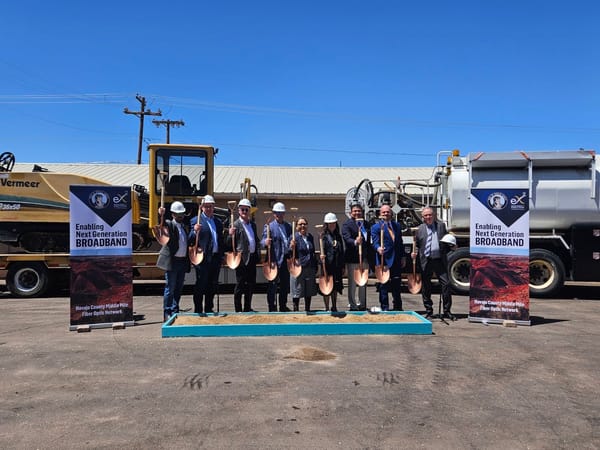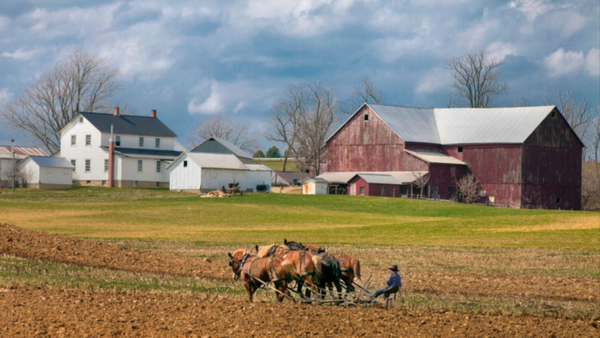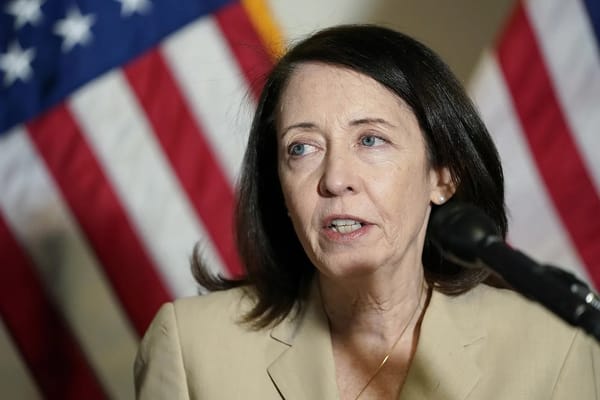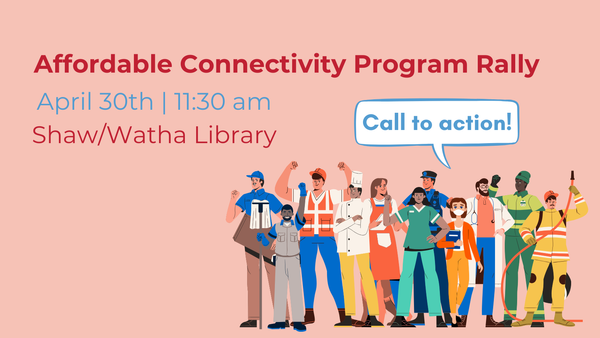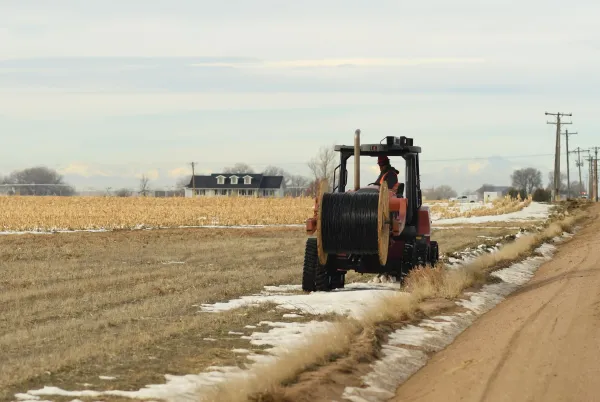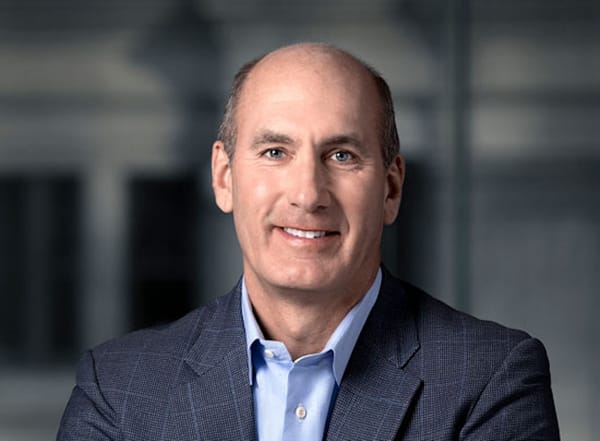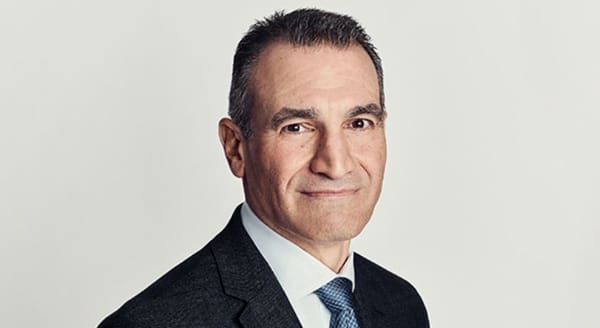Debate on Open Access Networks Must Be Framed Through Cooperation
Fiber Connect 2021 panel breaks down how open access models work, and how discussion can be framed.

NASHVILLE, July 27, 2021 — Open access network proponents must educate public officials and private entities that that method to deliver broadband is more about cooperation than replacing existing providers, according to Fiber Network CEO David Corrado on the first day of the Fiber Connect 2021 conference.
Corrado, who was on a panel hosted by Broadband Brunch’s Craig Corbin about open access networks, said the success of the model, which allows third-party providers ride on existing broadband infrastructure, will be based on how it is framed.
To do this, Corrado said, open access network hosts often must educate incumbent providers, local governments, and consumers about the value of the model.
Corrado explained that one of the most important aspects of this process is explaining that open access is not designed to supplant incumbents. Working with Medina County, Ohio, Corrado said he would use other pieces of infrastructure as examples to point out how public/private ventures could be fruitful for all parties involved.
One such example he identified was airports, which are built with public funds under federal regulations but are used to facilitate travel through private airlines.
Similarly, public access models can utilize public monies to put toward facilitating the creation of networks, which can then be used by private entities. Corrado stated that in Medina County, this model saw rapid improvements for consumers. He noted that in a region once dominated by one or two carriers, there were now 14 unique carriers. Additionally, over the course of eight years, service prices fell 50 percent while connection speeds continued to increase.
Open access more than just service improvements
Panelist and UTOPIA Fiber CEO Roger Timmerman added that open access is about so much more than speed now, however. He said that in the past, many viewed open access merely as a solution to bring down prices while not compromising service.
Timmerman explained how this has changed over the years, broadening to address concerns such as net neutrality and privacy. As far as he is concerned, Timmerman stated that in the regions covered by UTOPIA Fiber, net neutrality is a nonissue, and that open access is a permanent solution.
Because of the open access model, Timmerman argued, monopolies and throttling have been made stuff of the past.
Russ Brethower, senior manager of wholesale fiber for Washington State’s Grant County Public Utility District, made a point to add that one of an open access model’s goals should be to lower barriers for carriers to begin operations in a region. This is how monopolies often lose their grip on regions that may represent an area of low returns on investment for companies that cannot otherwise afford to build to.
Timmerman added that open access models should never strive to simply replace an existing cable or wireless monopoly with a fiber monopoly, and that doing so would completely go against everything they are trying to achieve with this model by giving consumers more freedom in how they access the internet.



